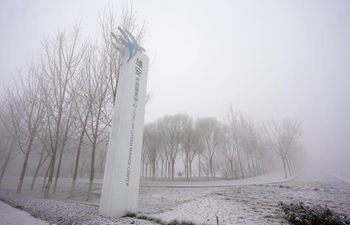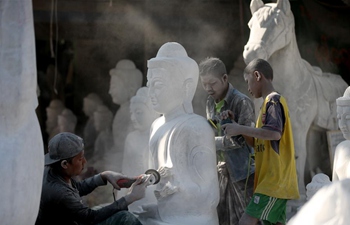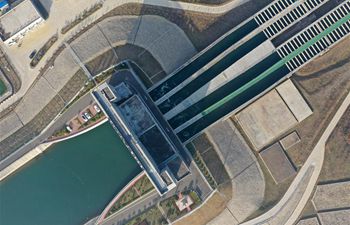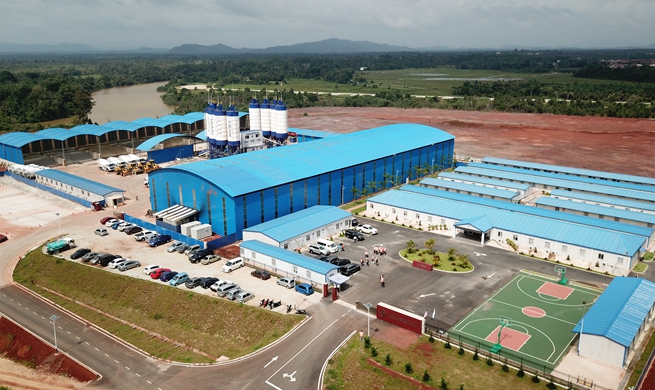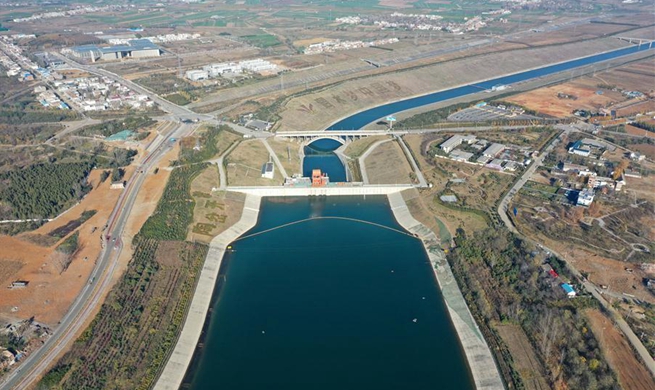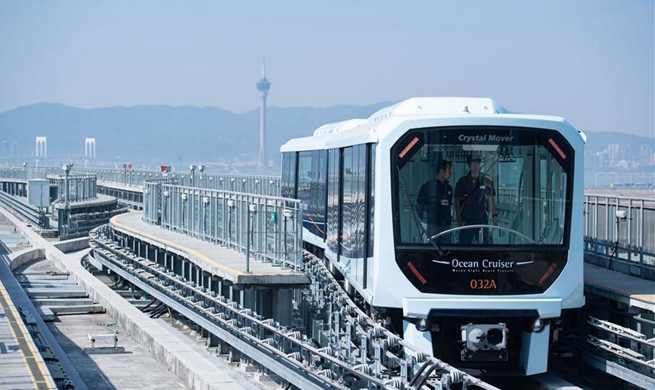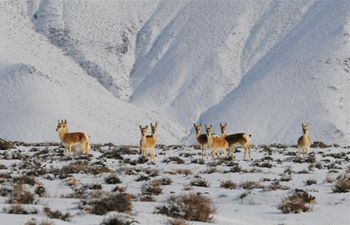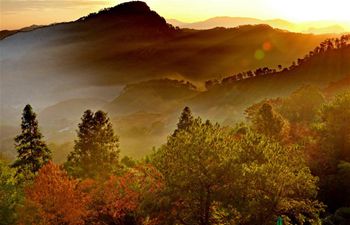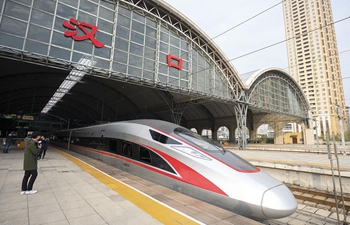BEIJING, Dec. 10 (Xinhua) -- Scientists have assessed 78 mountain glacier-based water systems around the world and ranked the Asian water towers as the most threatened, according to a recently published study in the journal Nature.
Scientists ranked the importance of the water systems to adjacent lowland communities while assessing the vulnerability to future environmental and socioeconomic changes. These water systems, known as mountain water towers, store and transport water via glaciers, snowpacks, lakes and streams, thereby supplying invaluable water resources to 1.9 billion people globally.
The scientists analyzed the various factors that influenced how reliant downstream communities were upon the supplies of water from these systems. They also assessed each water tower to determine the vulnerability of the water resources, as well as the people and ecosystems that depended on them, based on predictions of future climate and socioeconomic changes.
The paper said that global water towers are at risk due to the threats of climate change, growing populations and mismanagement of water resources.
Among the 78 global water towers identified, Asian water towers that rely on river systems in the Third Pole region were ranked as the most threatened water towers.
"If temperatures increase two degrees Celsius globally, the Asian water towers could see a temperature hike as high as four degrees Celsius," said Prof. Yao Tandong, a scientist from the Chinese Academy of Sciences and also a co-author of the research, adding that "by 2060 to 2070, rising temperatures due to climate change could lead to ever-stronger glacier retreat in the region."
Since 2014, a network of 11 monitoring stations has been set up across the Third Pole region to track meteorological variables, such as air temperature, humidity, air pressure, precipitation and winds, according to a comment published in Nature earlier this year. Data needs to be expanded on the water cycle by measuring the stable isotopes of hydrogen and oxygen in water vapor.





